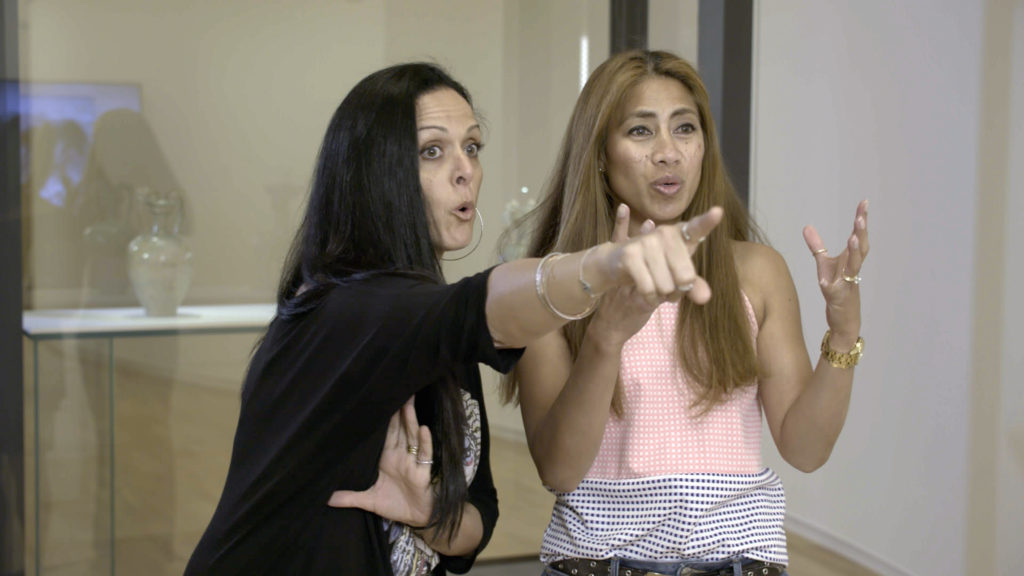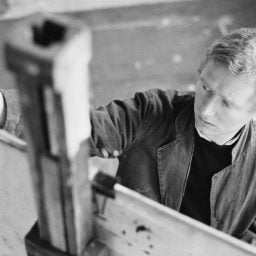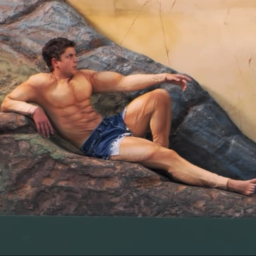“I don’t see art here.”
“Maybe it’s really brilliant because it’s asking more questions than it’s ever going to answer.”
“It makes me sad because there’s so much to take in and it’s all so beautiful.”
These are some of the responses generated in “Everyone’s a Critic,” a show on the Australian Broadcasting Corporation that invites everyday people to act as art critics. The show is in its first season.
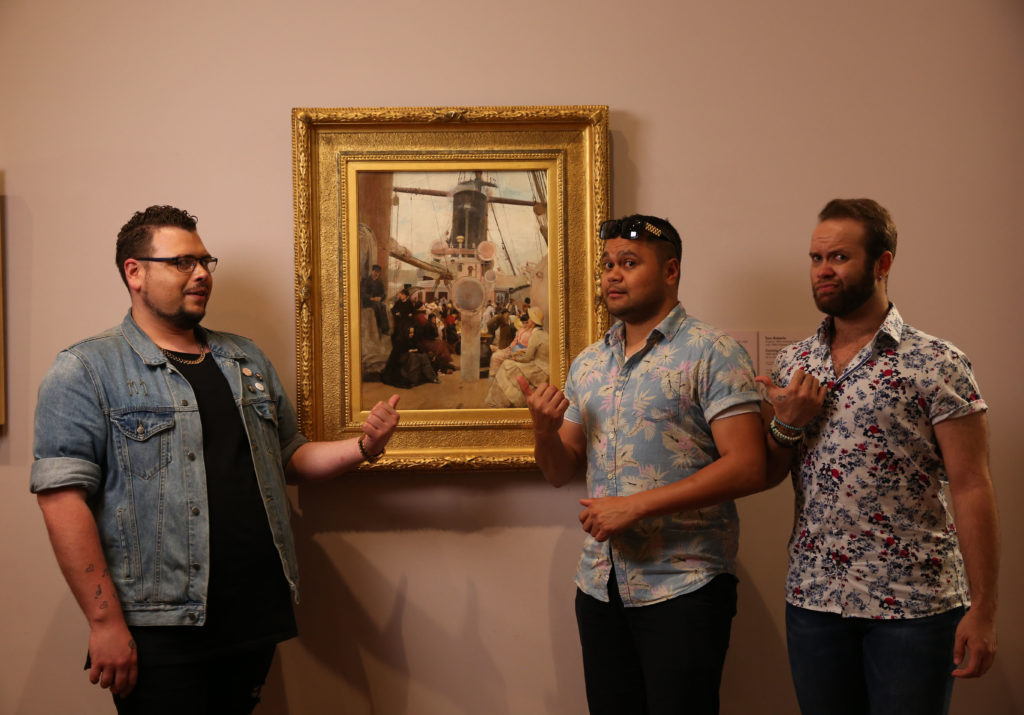
Garret, J-Maine and Levi—three Indigenous men who met at a performing arts school in Brisbane.
In each episode, the same group of critics visit a new museum in south-east Australia, such as the Sydney’s Museum of Contemporary Art, the Art Gallery of New South Wales, or the oldest and most visited art institution in the country, the National Gallery of Victoria in Melbourne. They view the work of a variety of artists, old and new. Many of the artists are Australian—people like Brett Whiteley, Uta Uta Tjangala, and Patricia Piccinini—but they also look at others, including Pablo Picasso and Dana Schutz.
The critics similarly hail from wide-ranging backgrounds, from a pair of Nigerian sisters to a particularly entertaining trio of Indigenous men who met at a performing arts school in Brisbane.
The responses, like those listed above, tend to be pithy and straightforward, devoid of the dreaded artspeak. Things like: “It does nothing for me.” “It’s bloody beautiful.” “It’s a nice, pretty picture. It gives me a warm vibe.”
Some are bluntly dismissive or witty: “That looks like my ass.” “I think a woman painted it. A woman has done this because she’s been discreet in the areas that need discretion. We’ve seen other paintings and the boobs are up in their face… that’s a man’s fantasy.” “[Picasso] was a horrible old patriarchal bugger, like Harvey Weinstein but with paint.”
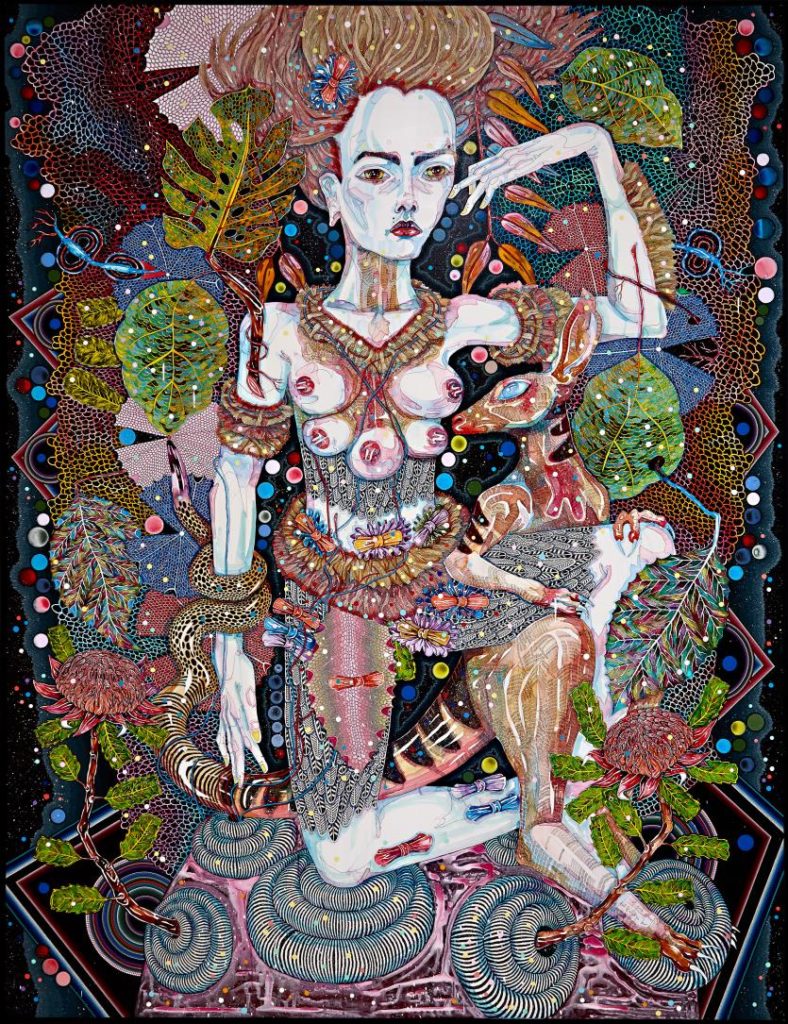
Del Kathryn Barton, of pink planets (2014). Courtesy the National Gallery of Victoria.
Others are moving, profound, or genuinely insightful. In the show’s first episode, for instance, while looking at a Del Kathryn Barton painting from 2014 titled of pink planets, which depicts a goddess-figure in the vain of the Greek goddess Artemis, a woman named Juliette is reminded of the moment she found out she was going to be a mother.
“When you’re a parent, you’ve walked from the room of non-parenthood into the room of parenthood and that door closes behind you and you never go back,” she says, then recalls a moment 41 years ago when her husband delivered to her the news that she was pregnant after he retrieved the test results from the doctor.
“It’s funny how a painting can bring that back,” her husband Rick adds.
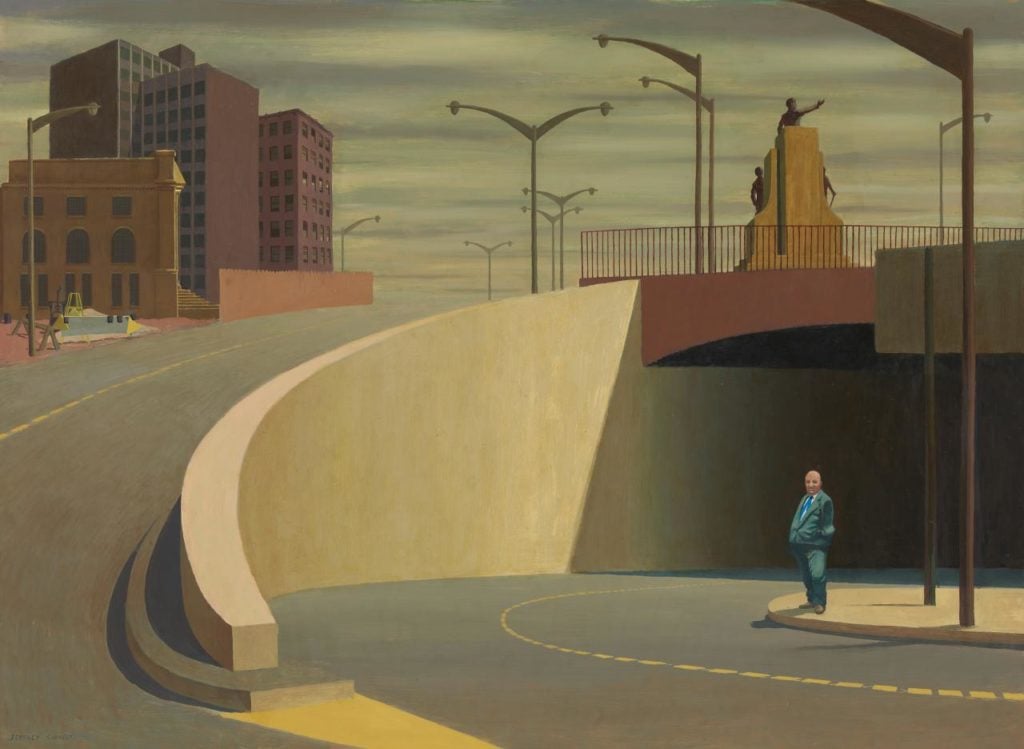
Jeffrey Smart, Cahill Expressway (1962). Courtesy the National Gallery of Victoria.
In another instance from the same episode, spectators reflect on their experiences with loneliness in front of a somber 1962 painting by Jeffrey Smart. One of Australia’s best-known artists, Smart was gay but remained in the closet for most of his life. A man named Garret identifies with Smart, growing up homosexual in a place that didn’t welcome such a thing. A woman named Tracey recalls her experience feeling isolated because of her weight.
Ultimately the chord struck by the series has less to do with the accessibility of art than it does the importance of diverse perspectives and experiences, an especially germane message in a country currently embattled over immigration policies.
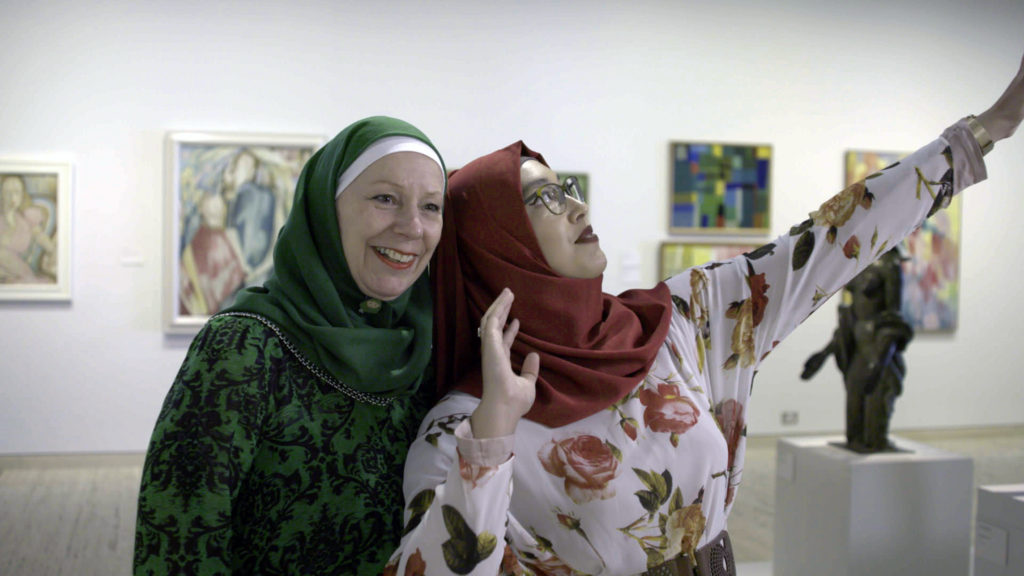
Majidah and Malika, Mother and Daughter originally from the Netherlands.
“In this age of Trump and Brexit, art can often illuminate the recesses of shared and imagined experiences,” says the show’s director and producer, Nick McInerney, in a statement. “The purpose of Everyone’s A Critic is to engage a national conversation about the purpose of art, what it means and what it says about us. Through those conversations, we appreciate its legacy and the continued importance art has in shaping Australia’s national identity.”
And if none of that does it for you, the show is also a great introduction to Australian colloquialisms like “Taking the Mickey” (making fun of someone) or “Budgie smugglers” (a Speedo, of course).
